Pro Walk/Pro Bike 2008 – Seattle, Washington
1) RTP Trails Nov 2008:
Presentation: http://www.fhwa.dot.gov/environment/rectrails/fundrec_pres.htm
2) RTP and TE Summary: includes both briefs listed below.
Recreational Trails Program Brief: http://www.fhwa.dot.gov/environment/rectrails/brief.htm
Transportation Enhancement Activities Brief:http://www.fhwa.dot.gov/environment/te/brief.htm
3) New Approach for Transportation
USDOT Reform Proposal: http://www.fhwa.dot.gov/environment/rectrails/reauth_reform.htm
Christopher Douwes
The (National) Recreational Trails Program–NRTP
Greg Lovelady (155Kb PowerPoint Presentation)
A Public Bicycle System in Metro Vancouver?
Eileen Kadesh and Andrew Curran (605Kb PDF Format)
Bike Sharing in North America
Eileen Kadesh and Andrew Curran (968Kb PDF Format)
SmartBike DC and How it Happened (for Free)
George Branyan (444Kb PowerPoint Presentation)
The Neighborhoods on Foot Map Series
Seth Schromen-Wawrin (13.6MB PowerPoint Presentation)
- #22. Encouraging Corporate Cycling Programs (Grand Crescent)
Healthy Commute Choices at Chicago Public Schools
Suzanne Carlson (388Kb PDF Format) - #23. Bikes and Transit: Why and How (Vashon I & II)
Bikes and Transit: Why and How
Michelle Poyourow, Jessica Roberts and Carolyn Young (575Kb PDF Format)
- #37. Working With Youth (Cascade IC)
Getting Your SRTS Project Funded
Ryan Snyder (1Mb PDF Format)
- #52. Working With Local Governments (St. Helens)
Local Government Action Infiltrate, Inspire, Influence
Karen Messmer (5MB PowerPoint Presentation)
- #55. Connecting the Dots: Biking, Public Health & Safety and Economic Development(Cascade IC)
ProWalk /ProBike Seattle September 2008
Malisa Mccreedy (2.5Mb PDF Format)
- #60. Bicycle Zone Analysis: A New Bicycle Planning Tool (Vashon I & II)
Cycle Zone Analysis (CZA): A New Bicycle Transportation Planning Tool
Developed for the Update of Portland’s Bicycle Master Plan
Roger Geller, Denver Igarta, Mia Birk and Mike Rose (5MB PDF Format)
- #64. Understanding Tort Liability Challenges – (Cascade IC)
Understanding Tort Liability and Challenges Presented by Bicycles
Michael E. Tardif (413Kb PowerPoint Presentation)
Thinking (and Building) Outside the MUTCD/AASHTO Box
Joshua Benson (3Mb PDF Format)
- #70. Safe Routes to School (St. Helens)
Safe Routes to School
Ellen Pillsbury (548Kb PowerPoint Presentation) - Promoting Bicycle Transportation in a Rural County
Ellen Barton (1MB PDF Format)
- #81. Comparing Small Area and Regional Scale Plans (Cascade IB)
Walking and Biking the Busiest Roads Around Atlanta: a Bike/Ped Plan that establishes non-motorized transportation among regional-scale priorities.
Regan Hammond (3.2Mb PowerPoint Presentation)


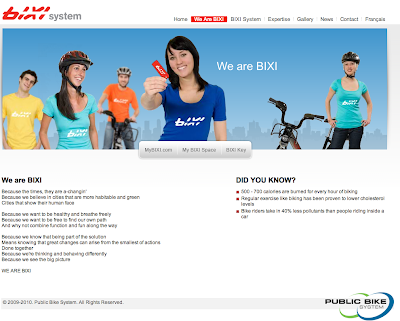
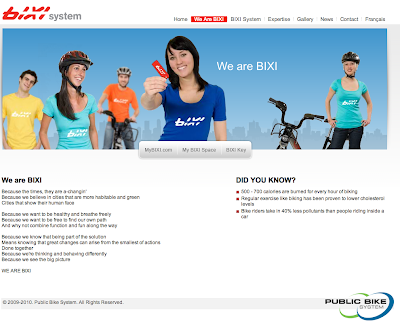

 Safe Routes to School (SRTS) is a federal, state and local effort to enable and encourage children, including those with disabilities, to walk and bicycle to school and to make walking and bicycling to school safe and appealing.
Safe Routes to School (SRTS) is a federal, state and local effort to enable and encourage children, including those with disabilities, to walk and bicycle to school and to make walking and bicycling to school safe and appealing.

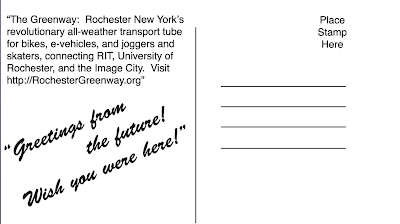
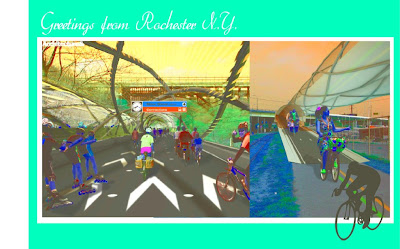


















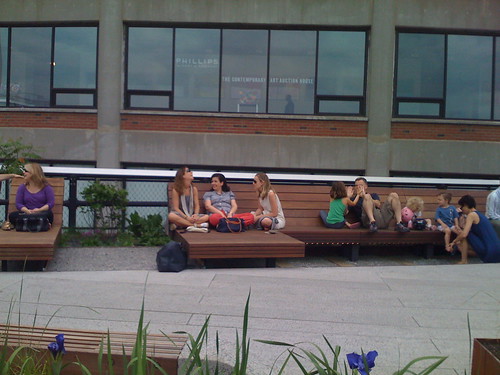





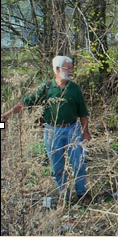

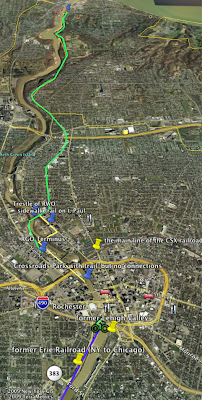
![Reblog this post [with Zemanta]](http://img.zemanta.com/reblog_e.png?x-id=57664492-4552-437e-ac5e-6d40ea7a9d58)